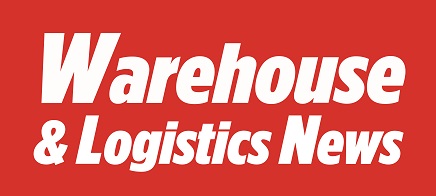 Most SMEs and large companies holding stocks have some kind of warehouse management system (WMS) but many could be outdated and so threaten the loss of business to nimbler competitors or obstruct the winning of new business. In part, the driving force to keep up with the latest developments is customer driven. These customers expect their supply chain partners to offer very high standards of efficiency and reporting and without up to date IT systems many small companies would not even be considered as a logistics supplier.
Most SMEs and large companies holding stocks have some kind of warehouse management system (WMS) but many could be outdated and so threaten the loss of business to nimbler competitors or obstruct the winning of new business. In part, the driving force to keep up with the latest developments is customer driven. These customers expect their supply chain partners to offer very high standards of efficiency and reporting and without up to date IT systems many small companies would not even be considered as a logistics supplier.
It is impossible to say how many warehouse operators are using outdated WMS but it is clear that many SMEs and large corporations neglect the importance of their warehouse operations as a crucial part of the supply chain. And in recessionary times the temptation to cut warehouse investment and expenditure budget as a means of cost cutting is strong but it is nearly always a false economy. The chances are that the ‘fruits’ of such cost cutting will be too much inventory, including obsolete stock, a WMS that is not fully functional, an outdated warehouse layout and handling equipment and either out of date or no standard operating procedures.
Inventory holding costs alone usually dwarf all other warehouse costs combined and so any lack of attention to this can be critical. A good stock forecasting system, especially those for the food and drinks industry which react daily to weather forecasts, can dramatically improve profits by typically cutting stocks by one third without harming customer service levels. These modules have been known to pay for themselves in just two weeks.
While inventory optimisation (IO) throughout the supply chain is a desirable goal there is more than one route to achieving it. At its core, IO is based on a set of mathematical algorithms that help establish optimal inventory levels. But there are many forces that influence demand, and particularly important to the food and drinks industries are sharply changing weather conditions. This is where a stock forecasting system geared to daily changes in weather forecasts can give their users a strong competitive edge. A summer heat wave forecast within the next 24-48 hours can see demand for drinks soar fourfold over 24 hours, leading to pubs with no beer.
One could argue that the there are two types of demand forecasting: one based on historical data and known upcoming product promotions and the other based on actual demand that triggers re-supply orders on a daily basis. The second of these has been used to stunning effect by discount food retailers who, despite their relatively small size, are now performing well against the retail giants. But to achieve this kind of IO, additional investment is needed at food shop outlets like EPOS and also automated handling like fast sortation conveyors.
Over 20 years ago this writer examined a national supply chain model developed by the Danish food retailer, Netto, before any of the Continental food discounters had come to Britain. All of Netto’s 120 shops were supplied by just one national distribution centre (NDC) whose shop refill orders were triggered by EPOS each time a customer’s purchase was scanned. This meant that 90% of all incoming goods to the NDC flowed out within 24 hours to feed the shops. It was not so much an NDC but a transit terminal.
This maximising of the velocity of inventory and other key parts of the business model, like concentrating on less than 1,000 fast-moving items and no-frills shop display, is what is now giving Britain’s big retailers nightmares as they see their market share taken form them by Netto, Aldi and Liddle. Their business model allows them to sell cheaply and in a prolonged recession that is a powerful weapon in any business’s armoury. It also proves that with the right level of WMS and hardware the minnows can humble the giants.
Warehouse & Logistics News




Comments are closed.